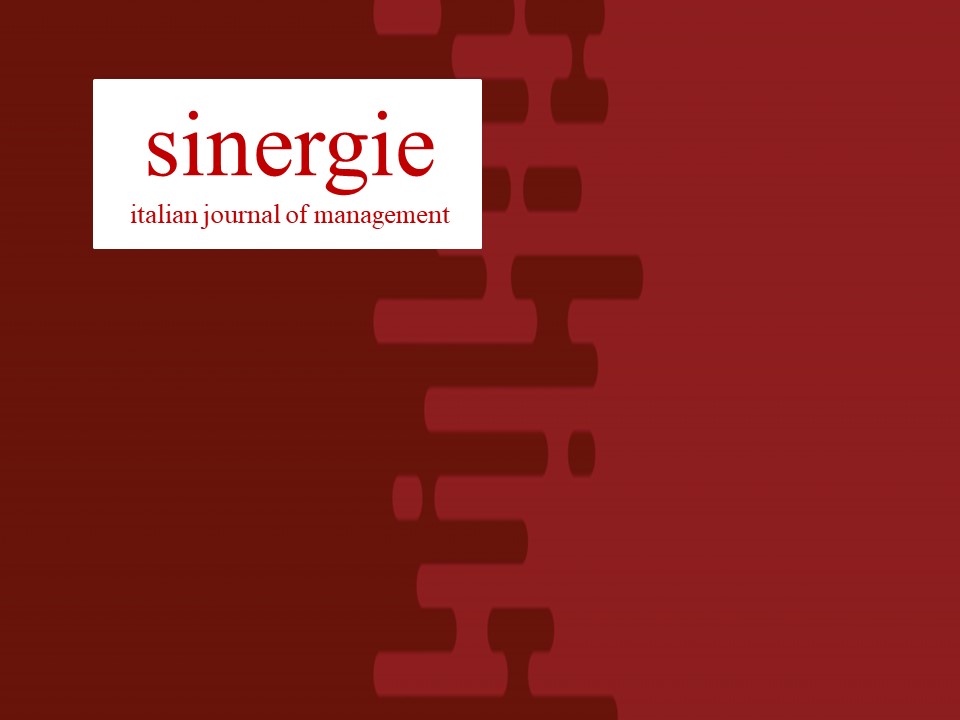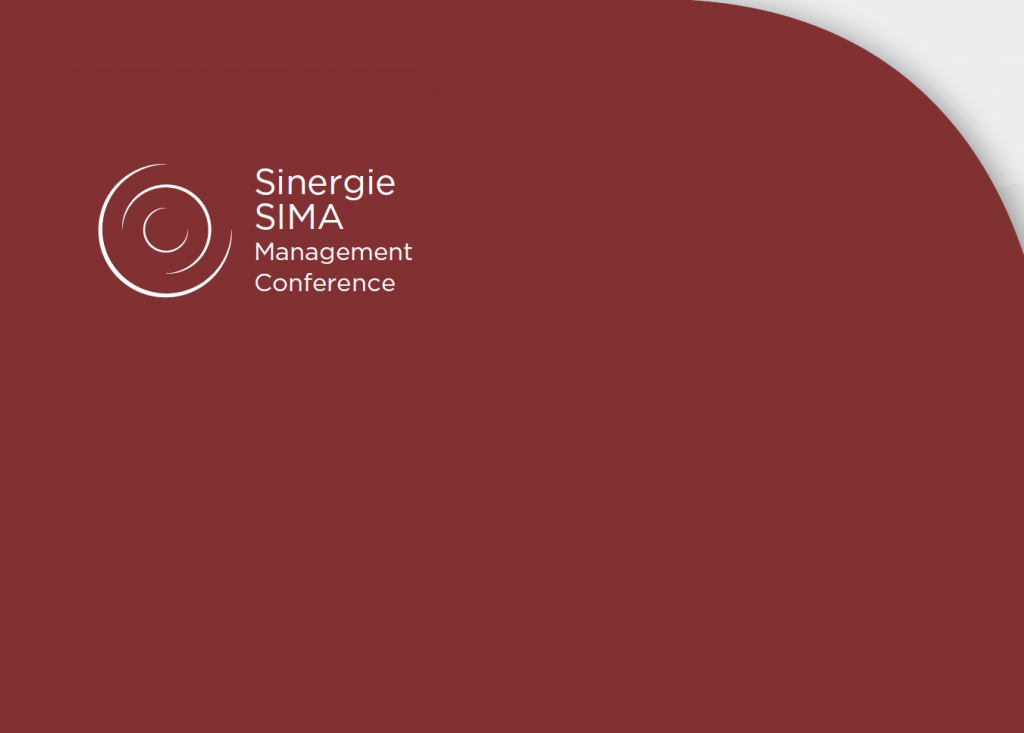depreciation fixed or variable: What Is Depreciation, and How Is It Calculated?
Содержание
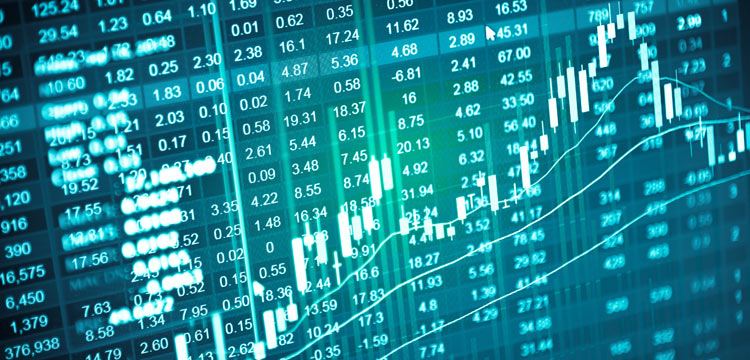
For example, to produce 100 rocking chairs, a company may need to purchase $2,000 worth of lumber. Other common fixed cost expenses are advertising costs, payroll for salaried employees, payroll taxes, employee benefits, and office supplies. Accumulated depreciation is the total depreciation of the fixed asset accumulated up to a specified time. In accounting terms, depreciation is defined as the reduction of the recorded cost of a fixed asset in a systematic manner until the value of the asset becomes zero or negligible.
Office equipments are classified as fixed assets on the balance sheet and hence, are depreciated accordingly. A resource is classified as a fixed asset when it has a useful life of more than one year and is expected to generate future economic benefits. There are a number of ways that a business can reduce its variable costs.
Therefore, the annual depreciation is $25,000 (($50,000 x 1/5) + ($150,000 x 1/10)). At 31 December 20X6, the ‘lining component’ has a carrying amount of zero. The balance of the cost (allocated cost $150,000 with a useful life of 10 years). The estimated useful life of the furnace was 10 years, but its lining needs to be replaced every five years. Its depend on orgnisation policy/ usage of methods according too gaap /ias some kind is fixed and some kind is variable. So the total Depreciation expense is Rs. 800 which is accounted for.
Accumulated depreciation is acontra asset account, meaning its natural balance is a credit that reduces its overall asset value. Accumulated depreciation on any given asset is its cumulative depreciation up to a single point in its life. There are many types of depreciation, including straight-line and various forms of accelerated depreciation. Depreciation can be compared with amortization, which accounts for the change in value over time of intangible assets. The most controversial method, for this question in specific, is diminishing balance method or reducing balance method.
This does not mean these expenses are written in stone—sometimes rent goes up or insurance premiums go down. It depends on the asset you depreciate and the method of depreciation. If the amount is fixed annually then the depreciation is fixed, and if the amount is variable then the depreciation is variable. Useful life – this is the time period over which the organisation considers the fixed asset to be productive. Beyond its useful life, the fixed asset is no longer cost-effective to continue the operation of the asset.
Depreciation under Income Tax Act
This is a component of https://1investing.in/ to the extent that it is recognised as a provision under IAS 37, Provisions, Contingent Liabilities and Contingent Assets. Charlene Rhinehart is a CPA , CFE, chair of an Illinois CPA Society committee, and has a degree in accounting and finance from DePaul University. Variable cost is a cost which fluctuates with Turnover/Sales/production but depreciation doesn’t. We’ve curated a list of best free software that every business owner must use. Since hours can count as units, let’s stick with the bouncy castle example. So, even though you wrote off $2,000 in the first year, by the second year, you’re only writing off $1,600.
You will need to know either depreciation fixed or variable costs or variable costs incurred during production in order to calculate the other. Thedeclining balance methodis a type ofaccelerated depreciationused to write off depreciation costs earlier in an asset’s life and to minimize tax exposure. With this method, fixed assets depreciate more so early in life rather than evenly over their entire estimated useful life. You can then compare this figure to historical variable cost data to track variable cost per units increases or decreases. Determine the total fixed cost when variable costs and total costs are known by simply subtracting the variable costs from the company’s total costs. Calculate the total variable costs and substitute it into the equation total costs equals fixed costs plus variable costs .
Depreciation cannot be considered a variable cost since it does not vary with activity volume. Both fixed and variable costs have a large impact on gross profit and on its more comprehensive counterpart, operating profit. An increase in the expenses required to produce goods for sale means a lower gross profit. This is important because without a healthy gross profit, a robust net profit, the all-encompassing bottom line, is unlikely. Both fixed and variable costs have a large impact on gross profit—an increase in expenses to produce goods means lower gross profit.
Using straight-line depreciation, the company should recognize $1,000 in depreciation expense per year. So, what is the key difference between fixed assets and inventory? Discover what fixed assets inventory is, its importance, and the dissimilarity between these 2 notions in this article. A semi-variable cost, also known as a mixed or semi-fixed cost, is composed of a mixture of fixed and variable components.
However, usage-based depreciation systems are not commonly used, so in most cases depreciation cannot be considered a variable cost. In using the declining balance method, a company reports larger depreciation expenses during the earlier years of an asset’s useful life. Taken together, fixed and variable costs are the total cost of keeping your business running and making sales. Fixed costs stay the same no matter how many sales you make, while your total variable cost increases with sales volume. This method requires an estimate of the total units an asset will produce over its useful life.
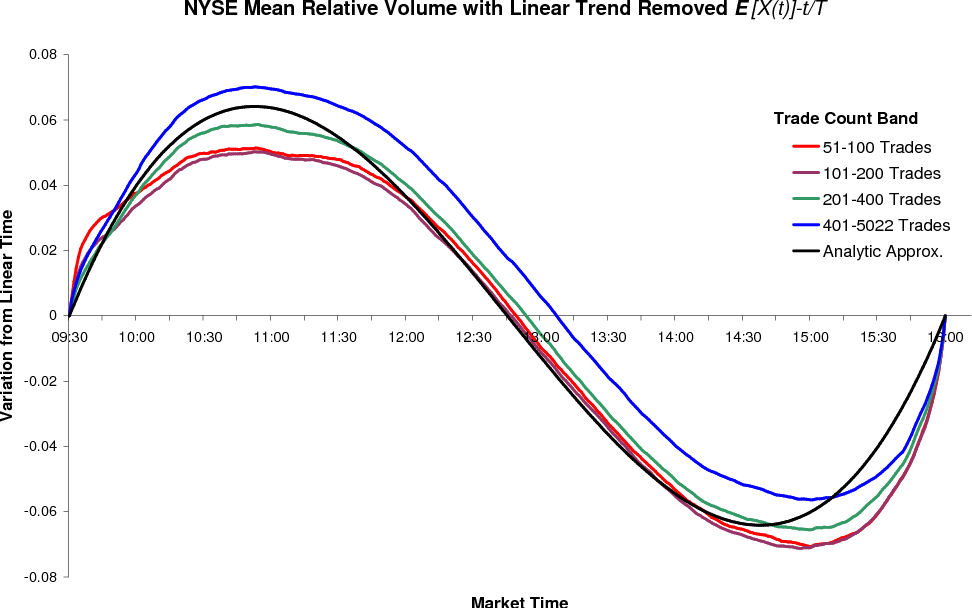
Clear can also help you in getting your business registered for Goods & Services Tax Law. Individual assets lose their identity under Income Tax Act as depreciation is calculated on the block of assets rather than on individual assets. Let’s say that XYZ Company manufactures automobiles and it costs the company $250 to make one steering wheel. In order to run its business, the company incurs $550,000 in rental fees for its factory space. Some costs, such as loan payments and equipment depreciation are more likely to apply to restaurants than to other types of businesses. There’s a minimum cost to keep the lights on and the water running in your manufacturing facility, but this often increases in tandem with production volume.
Depreciable property is an asset that is eligible for depreciation treatment in accordance with IRS rules. Accumulated depreciation is the cumulative depreciation of an asset up to a single point in its life. Investopedia requires writers to use primary sources to support their work.
Applications of Variable and Fixed Costs
The concept of depreciation is used for the purpose of writing off the cost of an asset over its useful life. Falling under the category of cost of goods sold , your total variable cost is the amount of money you spend to produce and sell your products or services. Here’s everything you need to know about fixed vs variable costs, with examples from different industries to help make it stick.
- CAs, experts and businesses can get GST ready with Clear GST software & certification course.
- To claim depreciation expense on your tax return, you need to file IRS Form 4562.
- Whether you produce 1 unit or 10,000, these costs will be about the same each month.
- The advantages of straight-line depreciation are that it is easy to use, it renders relatively few errors, and business owners can expense the same amount every accounting period.
- Depreciation schedules can range from simple straight-line to accelerated or per-unit measures.
According to the diminishing value method, it is charged on reducing balance & at a fixed rate. In this case, the written down value is spread between the useful life of the asset. Depreciation is an accounting method of allocating the cost of a tangible asset over its useful life to account for declines in value over time.
Is depreciation a direct cost of the power generation cost center?
I think in any case it is a fixed cost because we are calculating depreciation on daily, monthly or annual bases, but we will never calculate it based on the quantity of produced goods. It means that if we are using it for producing goods we are depreciating it and it will be the part of cost but the cost of monthly depreciation will not depend on the quantity of production. Depreciation is an important part of accounting records which helps companies maintain their income statement and balance sheet properly with the right profits recorded. Using good business accounting software can help you record the depreciation correctly without making manual mistakes. Over the useful life of the fixed asset, the cost is moved from the balance sheet to the income statement. Alternatively, it is just an allocation process as per the matching principle instead of a technique that determines the fair market value of the fixed asset.
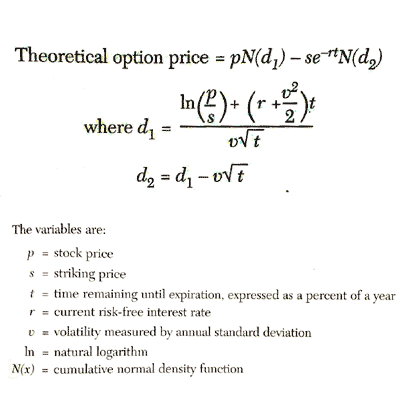
If the company does not produce any mugs for the month, it still needs to pay $10,000 to rent the machine. But even if it produces one million mugs, its fixed cost remains the same. The most common examples of fixed costs include lease and rent payments, property tax, certain salaries, insurance, depreciation, and interest payments.
Formula for Fixed Costs
Depreciation is a non-cash business expense incurred by a company for employing a tangible asset like machinery, tools, and equipment for business use. To recover the carrying amount of Rs 100, the entity must earn taxable income of Rs 100, but will only be able to deduct tax depreciation of Rs 60. Consequently, the entity will pay income taxes of Rs 10 (Rs 40 at 25%) when it recovers the carrying amount of the asset.
Depreciation is considered a non-cash charge because it doesn’t represent an actual cash outflow. The entire cash outlay might be paid initially when an asset is purchased, but the expense is recorded incrementally for financial reporting purposes. That’s because assets provide a benefit to the company over a lengthy period of time.
Why should small businesses care to record depreciation?
Variable costs include direct labor, direct materials, and variable overhead. Of the methods of depreciation noted here, the most practical one is the straight-line method, since it requires minimal upkeep and is the easiest to understand. The only value of an accelerated method is in deferring the payment of income taxes.
The difference between the carrying amount of Rs 100 and the tax base of Rs 60 is a taxable temporary difference of Rs 40. It is based on what a company expects to receive in exchange for the asset at the end of its useful life. An asset’s estimated salvage value is an important component in the calculation of depreciation. The carrying value of an asset on the balance sheet is its historical cost minus all accumulated depreciation.
Thus the company can take Rs. 8000 as the depreciation expense every year over the next ten years as shown in the depreciation table below. To claim depreciation expense on your tax return, you need to file IRS Form 4562. Our guide to Form 4562 gives you everything you need to handle this process smoothly.

